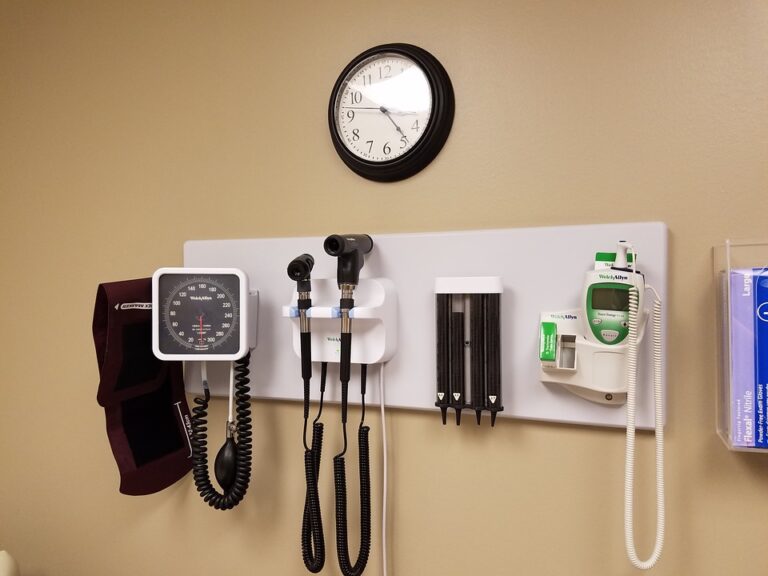Book Appointment Now

Styles of Leadership in Emergency Room Management
The emergency room (ER) is one of the most critical and high-pressure environments in healthcare. Effective leadership is essential to ensure that the ER operates smoothly, patient care is prioritized, and the team remains cohesive under stress. Understanding the different leadership styles in emergency room management can help ER managers and leaders adapt their approach to meet the unique demands of this fast-paced setting.
Do you need essay writing help about styles of leadership in emergency room management? ![]()
The Importance of Leadership in the Emergency Room
Leadership in the ER is not just about managing resources and coordinating care; it’s about inspiring confidence, making quick decisions, and maintaining a calm environment during crises. Effective leadership in ER directly impacts patient outcomes, staff morale, and overall operational efficiency. A leader’s ability to adapt their style to the situation at hand can make a significant difference in how the team functions and how well they handle the daily challenges of the ER.
Transformational Leadership in ER Management
Transformational leadership is one of the most effective leadership strategies for ER managers. This style focuses on inspiring and motivating team members to achieve their highest potential. In the ER, transformational leaders encourage their staff to take initiative, think critically, and collaborate effectively. By fostering a sense of purpose and commitment, transformational leaders help build a resilient team that can handle the pressures of emergency care.
Transformational leaders in the ER often lead by example, demonstrating the behaviors and attitudes they expect from their team. They prioritize professional development, support innovation, and create a positive work environment where staff feel empowered to contribute to the team’s success.
Autocratic Leadership in Emergency Situations
In certain situations, an autocratic leadership style may be necessary in the ER. This style is characterized by decisive, top-down decision-making, which can be crucial during life-threatening emergencies where time is of the essence. Autocratic leadership in emergency room management ensures that decisions are made quickly and efficiently, with clear directives that leave little room for ambiguity.
While autocratic leadership can be effective in critical situations, it is essential for ER leaders to balance this approach with more collaborative styles when appropriate. Over-reliance on autocratic leadership can lead to burnout and decreased morale among staff, so it is best used selectively and in conjunction with other leadership strategies.
Situational Leadership in the ER
Situational leadership is a flexible and adaptive style that is particularly well-suited to the dynamic environment of the ER. Leaders who employ this style adjust their approach based on the needs of the team and the specific challenges they face. For example, a situational leader might use a more directive approach during a high-stress emergency but shift to a supportive role during routine operations.
Managing the emergency room with a situational leadership style allows leaders to respond effectively to the ever-changing conditions of the ER. By assessing the situation and adapting their leadership style accordingly, situational leaders can provide the appropriate level of guidance and support to their team.
The Role of Servant Leadership in ER Management
Servant leadership is a people-centered approach that focuses on meeting the needs of the team and empowering them to provide the best possible care. In the ER, servant leaders prioritize the well-being of their staff, ensuring they have the resources, support, and encouragement needed to perform their duties effectively. Leadership styles in emergency room management that incorporate servant leadership principles can lead to higher job satisfaction, lower turnover rates, and improved patient care.
Servant leaders in the ER often take the time to listen to their team, address concerns, and provide mentorship. By putting the needs of their team first, servant leaders create a supportive and collaborative environment where everyone feels valued and motivated to excel.
Leadership in emergency room management requires a nuanced understanding of different leadership styles and the ability to adapt them to the specific needs of the ER. Whether it’s the motivational power of transformational leadership, the decisiveness of autocratic leadership, the adaptability of situational leadership, or the compassion of servant leadership, each style has its place in managing the complexities of the emergency room. By leveraging these styles effectively, ER leaders can ensure that their team remains focused, resilient, and capable of delivering the highest standard of patient care.
Read also:




